Today was really interesting! After our lecture in class, two friends and I headed to lunch in the Naschmarkt where we ate at a delicious Mediterranean restaraunt that we'd previously visited. The prices are great, with huge portions so we can share, and we decided we want to be regulars there so they remember us and we can feel more local. After lunch we went to the Hofburg to check out the National Treasury but it happens to be closed on Tuesdays. Instead, we went to the exhibit "Bloody Hi-Stories" which was located in the Nationalbibliothek (National Library). The library was absolutely breathtaking, with a huge ceiling covered in beautiful paintings of an angelic scene of heaven. There were giant pillars along the sides of the room and bookcases that seemed to go up and up forever. It seemed like a library in a fairytale, and there was so much detail involved in every little window or archway. The exhibit covered humankind's relationship with violence and crime throughout history. It began with passages from the Bible and early Greek mythology about how war, crime, murder, disease and death resulted from the opening of Pandora's Box. In the Biblical sense, the first murderer spoken of was Cane who murdered his brother Abel out of jealousy. The Bible talks a lot about murder, rape, and crime, and even has a rule in the Old Testament that one can "take no more than an eye for an eye."
The exhibit covered every possible source of violence including suicide, homicide, martyrdom, lynching, crime and punishment, ritualistic murder, assasinations, cannibalism, genocide, and even talked about crime in the media represented through music, novels, plays, and television. I was expecting something completely different. I thought the exhibit would be displays of different kinds of torture and capital punishment devices from the Middle Ages and so forth. While it wasn't what I expected, I learned a great deal and it really opened up my eyes and made me question the violent tendencies of the human race.
Some of the highlights that peaked my interest included the statistics that in America, by the end of elementary school a child "consumes" (through images on TV, movies, news) 8,000 murders and by the time they are 18 years old, the number rises to 200,000. This was both disturbing to me and familiar because I have probably seen countless numbers of murders from horror movies to images on the news of violence and warfare. There is a definite macabre human interest in death probably stemming from fear and the unknown. I really appreciate one quote from Martin Luther King Jr. who said "The ultimate weakness of violence is that it is a descending spiral, begetting the very thing it seeks to destroy. Instead of diminishing evil, it multiplies it." This really caught my attention, especially within this particular exhibit. Killing for vengeance, hate, passion, and even justice usually just leads to more human suffering and thus more killing. How can we teach people not to kill by putting on public displays of execution, where the state is, in itself, demonstrating the very thing they are trying to deter or punish? This seems particularly relevant to our current situation with the war in Iraq. On 9/11, hundreds of innocent people died, and here we are seven years later with only thousands of more deaths and lives lost as a result of our attempt to wage a "war on terror" or whatever it is that the administration uses to justify our presence in Iraq. The multiplying numbers of men and women who will be permanently damaged both physically and mentally is overwhelming. When thinking of the numbers of lives lost that could have been avoided over the past seven years, it is hard to remember our justification, or reason for being in Iraq and simply reiterates the point the MLK jr. made about violence multiplying evil and leading to more killing and violence.
Public executions during Medieval times, the French Revolution, the Salem Witch trials (as well as those in Europe), and even racist lynchings in the South were simultaneously forms of deterrence and entertainment during those times. It gave people, revolutionaries, racists, etc. a sense of power and those who are victimized or persecuted a sense of powerlessness. This theme fits in with human kind's history of power struggle and shifting forms of oppression since the beginning of human existence.
The persecution of "witches" is something that has always fascinated me. It seemed to be one form of society's oppression of women, especially women who led alternative, often progressive lifestyles. Women who used herbs for healing, were non-conforming, educated, or somehow threatening to men and mainstream society were often targeted. The irony is that when being "dunked" to see if one was a witch, they were tied down and if they sunk, they weren't a witch and if they floated, then they were indeed a witch. Either way, the woman died of drowning, and because of body fat, always floated, so it was basically a lose-lose situation.
It also struck me as strange that the Guillotine used in the French Revolution was seen as a more modern, humane way to kill people. While it may have been less painful than other forms of execution such as hanging, burning at the stake, or quartering, it was put in place as a more efficient way to kill mass amounts of people. How, again, is this more humane?
In terms of relating to our own curriculum, there was a Holocaust section although it was quite short and seemed to be lacking. It explained how in the wake of WWII, the United Nations passed the "Convention on the Prevention and Punishment of Crime and Genocide" in 1948 which allows for martial action to take place when certain groups are targeted for being completely destroyed or wiped out. While this may be in place, it seems that there are in fact Genocides that occur around the world such as in Africa, yet the UN appears to be ambivalent and slow to react to some of these situations.
Finally, I want to end with a quote that I really liked from the exhibit:
"Mankind is not in a position to abolish death. But it certainly is in a position to abolish mutual killing"
- Nurbert Elias
Tuesday, August 5, 2008
Subscribe to:
Post Comments (Atom)


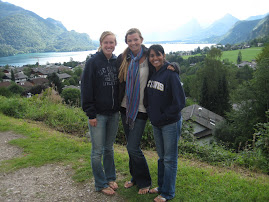
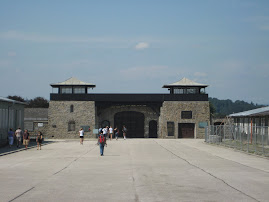
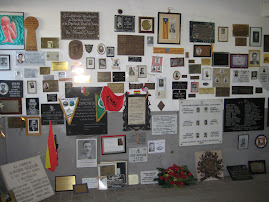
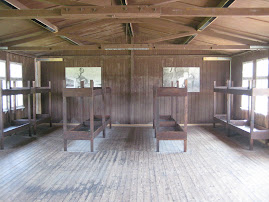



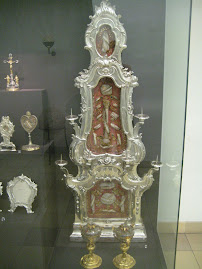
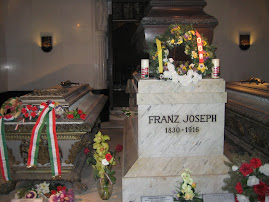

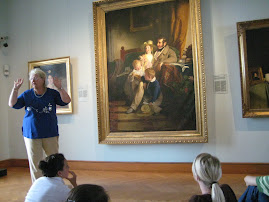
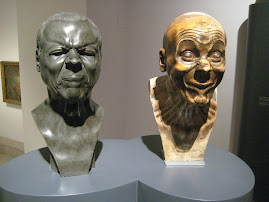

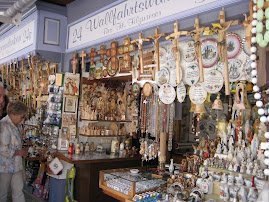
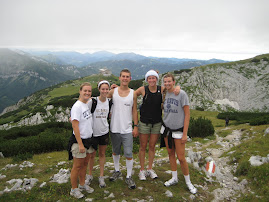
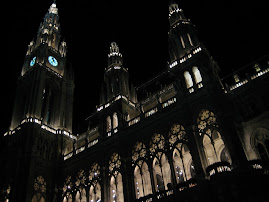
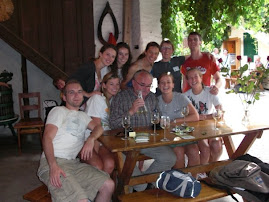
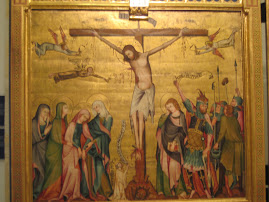
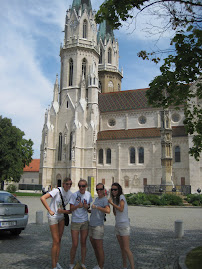

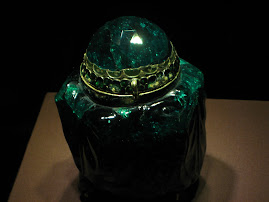


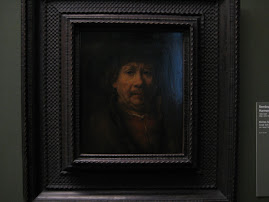
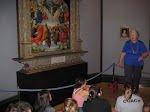

No comments:
Post a Comment